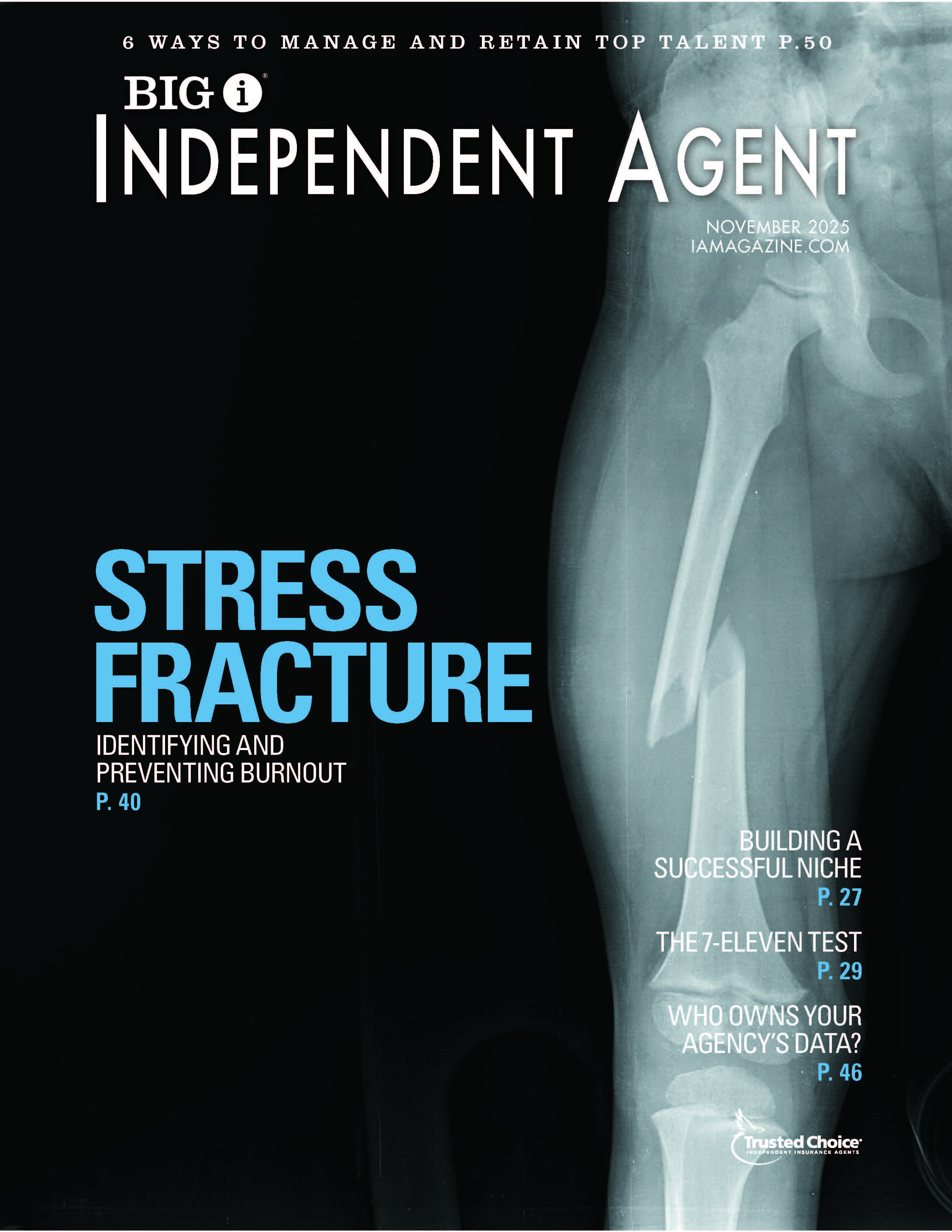Workers Comp: The Most Profitable Major Line of Business

By: Olivia Overman
The workers compensation insurance market remains the belle of the ball when it comes to producing favorable results. With a total combined ratio of 86 for 2023, according to the National Council on Compensation Insurance (NCCI)—well under the break-even profitability point of 100 for the insurance sector—the market continued to waltz its way through another profitable year.
“Workers comp is the most profitable major line of business for the industry,” says Mort Large, workers comp line of business lead, Nationwide. “In more recent years, economic growth, coupled with inflation over the last three years, has led to an underlying baseline of premium growth for workers comp, which for the most part has been offsetting loss cost decreases.”
Over the past 10 years, “the workers comp industry is being fueled by a positive economy, individual wage growth and a stabilized job market that is also growing,” agrees John Lacy, vice president of workers comp, The Hanover. “The industry also has some insulation from the current economic inflationary pressure through the use of medical networks.”
And while the good news is set to continue as “the soft market continues in workers comp,” says Jeff Cole, head of national accounts, Sentry Insurance, “there are some headwinds driven primarily by medical inflation.”
“Medical inflation has been offset in the past number of years by frequency declines, but those are starting to slow, so I expect that the workers comp market will flatten and then start to firm up in the next few years,” Cole says.
As a direct result, “the industry is going to stay very closely tied to the impact of medical inflation and changes in the frequency and severity of claims patterns, all of which could indicate a change in the current marketplace,” Lacy says.
Other dynamics at play within the segment include the increase in attorney involvement in workers comp claims. Traditionally, the no-fault nature of the product lends itself to lower attorney involvement. However, “the workers comp version of social inflation is being experienced with an increase in attorney representation for injured workers claims,” Lacy says. “This reinforces the importance of return-to-work strategies, which promote concern and support for injured workers, as well as reduce litigation.”
Additionally, for many people and businesses, COVID-19 is no longer a significant concern. However, “what remains to be seen is the effect of long COVID on the workers comp market,” Cole says. “Those losses will continue to emerge over the next 20 years.”
While the music continues to play within the workers comp segment, agents are facing a different tune when it comes to oversaturation in capacity. “The hard market affecting other lines, such as property and auto, has more typically been manifested in workers comp by the increased proliferation of carriers emphasizing the desire to write the profitable workers comp business as part of an overall account offering,” Large says.
Essentially, agents are operating in a “market that is extremely competitive, where carriers are aggressive in both writing new business and retaining their books of business,” Lacy says. As a result, “rates are continuing to decline while coverage terms and conditions are reasonable, which is causing some carriers to increase their traditional appetite for workers comp growth,” Lacy adds.
Nevertheless, “I expect a continuation of the multi-decade trend of improving frequency; an increase in severity due to sustained inflation, motor vehicle severity, an older workforce and the proliferation of recreational marijuana usage; and higher utilization of analytics and technology in pricing, claims, and loss prevention and mitigation,” Large says.
Olivia Overman is IA content editor.










